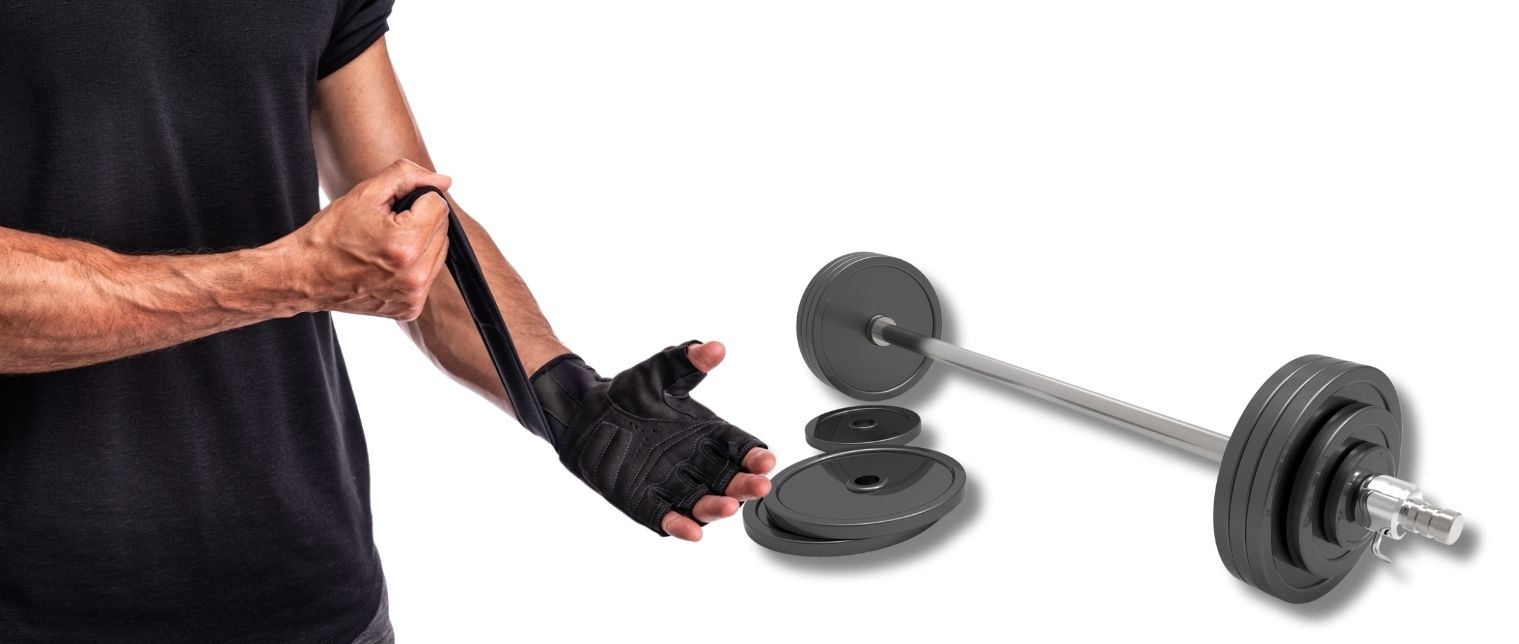Weightlifting tape is a crucial accessory for athletes engaged in strength training and competitive lifting. It provides support and protection, ensuring that lifters can perform at their best without the risk of injury. Understanding the purpose and application of weightlifting tape is essential for anyone serious about their lifting routine.
In strength training, the grip is everything. Weightlifting tape not only enhances grip strength but also protects the skin and joints from damage. It is a small but mighty tool that plays a significant role in an athlete's performance and safety.
What is Weightlifting Tape?
1. Definition and Composition
Weightlifting tape is a specially designed adhesive tape used by athletes to wrap around their fingers, thumbs, or wrists. It is typically made from a blend of cotton and elastic materials, providing both flexibility and support.
2. Historical Background
The use of tape in sports dates back to ancient times, where it was used to bind wounds and provide support during combat. Modern weightlifting tape evolved from these early practices, tailored specifically for the needs of athletes in strength sports.
What is Weightlifting Tape Used For?
Weightlifting tape is primarily used to prevent injuries, enhance grip strength, and protect the skin. It is an essential tool for both amateur and professional lifters.
Injury Prevention
One of the main reasons athletes use weightlifting tape is to prevent injuries. By providing additional support to the joints and muscles, it reduces the risk of strains and sprains.
Enhancing Grip Strength
Weightlifting tape improves grip strength by creating a more secure connection between the lifter's hand and the equipment. This is particularly important during heavy lifts.
Thumb Protection
Taping the thumbs helps prevent blisters, calluses, and tears that can occur from repetitive movements and heavy lifting.
Types of Weightlifting Tape
1. Elastic vs. Non-Elastic Tape
Elastic tape offers flexibility and allows for a greater range of motion, while non-elastic tape provides more rigid support, which can be beneficial for stabilizing joints.
2. Adhesive vs. Non-Adhesive Tape
Adhesive tape sticks directly to the skin, providing a secure fit, while non-adhesive tape is often used with underwraps and is easier to remove.
3. Pre-Cut Strips vs. Rolls
Pre-cut strips are convenient and time-saving, whereas rolls offer more customization in terms of length and application.
What is the Purpose of Thumb Tape?
1. Thumb Stability
Thumb tape stabilizes the thumb joint, preventing hyperextension and reducing the risk of injury during heavy lifts.
2. Preventing Blisters and Calluses
By creating a protective barrier, thumb tape helps to prevent blisters and calluses that can form from friction and pressure.
How to Use Exercise Tape
1. Preparing the Skin
Before applying exercise tape, ensure the skin is clean and dry to maximize adhesion and effectiveness.
2. Application Techniques
Start by tearing the tape into the desired length. Wrap it around the thumb or finger, ensuring it is snug but not too tight to restrict blood flow.
3. Post-Use Care
After use, gently remove the tape to avoid skin irritation. Clean any adhesive residue and allow the skin to breathe.
Why Do CrossFitters Tape Their Thumbs?
1. Common CrossFit Movements
CrossFit involves high-intensity workouts that include a variety of lifting and gymnastic movements. Taping the thumbs helps to protect against the repetitive strain these exercises can cause.
2. Protection During High-Intensity Workouts
During intense CrossFit sessions, the thumbs are subjected to significant pressure. Tape provides a layer of protection, reducing the risk of injury.
Why Do Weightlifters Tape Their Thumbs?
1. Benefits for Olympic Lifters
Olympic lifters tape their thumbs to enhance grip and prevent injuries during lifts like the snatch and clean and jerk.
2. Thumb Taping in Powerlifting
In powerlifting, thumb taping helps to stabilize the grip on the barbell, particularly during heavy deadlifts.
What Does Tape Do for Muscles?
1. Supporting Muscle Fibers
Tape provides external support to muscle fibers, helping to maintain alignment and reduce strain.
2. Reducing Muscle Fatigue
By supporting the muscles, tape can reduce fatigue and enhance performance, allowing athletes to train harder and longer.
How to Use Weightlifting Tape
Step-by-Step Guide
- Clean and dry the area to be taped.
- Cut the tape to the desired length.
- Apply the tape with moderate tension, ensuring it is snug but not too tight.
- Smooth out any wrinkles to avoid discomfort.
Common Mistakes to Avoid
- Applying the tape too tightly, which can restrict blood flow.
- Not cleaning the skin beforehand, leading to poor adhesion.
- Ignoring the need for post-use care, resulting in skin irritation.
Why Do Weightlifters Tape Their Fingers?
1. Finger Stability
Taping the fingers provides stability and support, reducing the risk of sprains and strains.
2. Injury Prevention in Finger Joints
By reinforcing the joints, tape helps to prevent injuries caused by the repetitive stress of lifting.
What Does Exercise Tape Do?
1. Enhancing Performance
Exercise tape supports the muscles and joints, allowing for better performance and reduced injury risk.
2. Supporting Joints
Tape provides additional support to the joints, helping to prevent injuries and improve overall stability.
Characteristics of Good Weightlifting Tape
1. Flexibility and Durability
A good weightlifting tape should be flexible enough to allow movement while being durable enough to withstand intense workouts.
2. Adhesive Strength
Strong adhesive ensures the tape stays in place throughout the workout, providing consistent support.
3. Breathability
Breathable tape prevents excessive sweating and skin irritation, enhancing comfort during use.
FAQs on Weightlifting Tape
1. Is Your Thumb Tape Flexible?
Yes, high-quality thumb tape is designed to be flexible, allowing for a full range of motion while providing support.
2. Is Your Thumb Tape Durable?
Durability is a key characteristic of good thumb tape, ensuring it can withstand the rigors of intense workouts.
3. Does Thumb Tape Leave Residue On Your Thumbs?
Some tapes may leave a residue, but high-quality tapes are designed to minimize this issue.
4. Why Do Olympic Lifters Tape Their Thumbs?
Olympic lifters tape their thumbs to enhance grip strength and prevent injuries during complex lifts.
5. Is Weightlifting Tape for Just Your Fingers?
No, weightlifting tape can be used on various parts of the body, including the thumbs, wrists, and fingers, depending on the need for support.
6. Does Your Thumb Tape Stick Reliably?
High-quality thumb tape is designed to stick reliably throughout the duration of the workout, providing consistent support.




Share:
Everything You Need to Know About Gym Bags
What Are Fat Grips? Benefits and Uses Explained